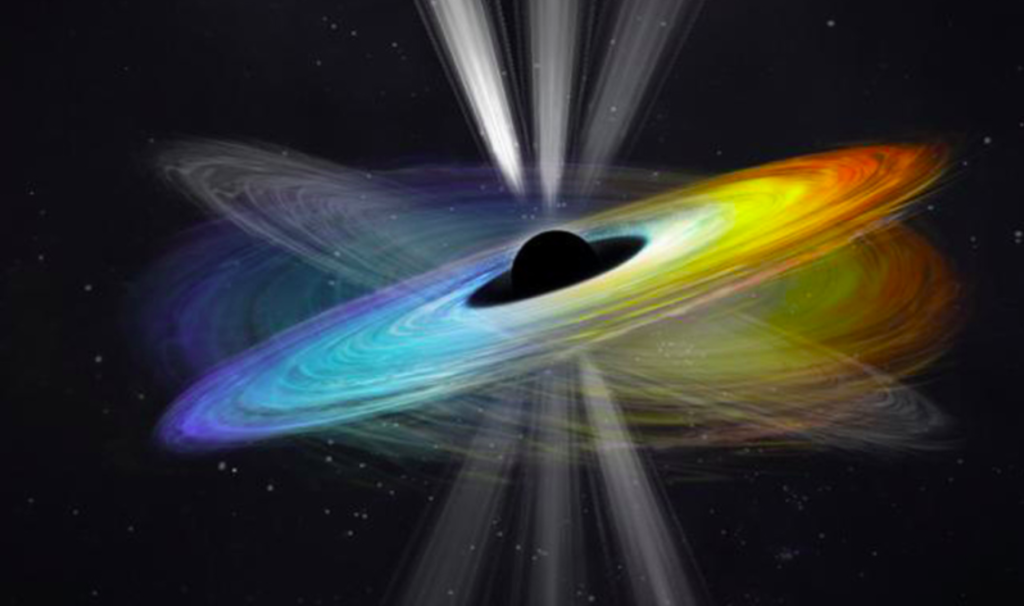
Einstein’s theory of relativity is still relevant today, over a century later. It correctly anticipated the emergence of the supermassive black hole in galaxy M87, which was observed for the first time a few years ago by scientists working on the Event Horizon Telescope project. More examination of M87 now reveals that the enigmatic creature is rotating once more, in line with relativity.
Massive black hole at the heart of M87, with 6.5 million times the mass of the sun, anchors the entire galaxy. Energized plasma jets from black holes like M87 can travel hundreds of light years at almost the speed of light when they consume other astronomical objects. To test one of Einstein’s predictions, the study team, led by Chinese Academy of Sciences post-doctoral researcher Cui Yuzhu, concentrated on the relativistic jets in M87.
According to scientific theory, black holes start to spin faster when their parent stars collapse, much like a figure skater who speeds up when they draw in their arms. The spin may eventually accelerate because to stuff falling into the accretion disk. A spinning black hole should apply tremendous gravitational pressure on adjacent space, as predicted by general relativity, leading to a phenomena known as frame-dragging. Although astronomers have conjectured that relativistic jets may be propelled by this mechanism, no one has ever been able to observe black holes to confirm that they spin.
In terms of intergalactic distance, M87 is located approximately 55 million light-years distant, which is close. Nevertheless, 170 observational campaigns between 2020 and 2022 were necessary to obtain sufficient data for a determination. The Very Long Baseline Array (VLBA), East Asian VLBI Network (EAVN), and China’s Tianma 65-meter radio telescope were among the radio telescopes utilized by the team to observe M87.
The jet that extends from M87 is not aligned with the spin axis, according to an analysis of the radio data. More significantly, it has the quality of precession—moving across time. This wobble indicates that the black hole is whirling; scientists calculate that it occurs on an 11-year cycle. This demonstrates once further the validity of General Relativity.
“This important discovery excites us,” Cui Yuzhu says. “Since the misalignment between the black hole and the disk is relatively small and the precession period is around 11 years, accumulating high-resolution data tracing M87’s structure over two decades and thorough analysis are essential to obtain this achievement.”
Although M87’s spin is confirmed by the available data, it is still unknown how quickly M87 spins and what exactly frame-dragging does to the accretion disk. Making those conclusions will require additional research, and scientists will undoubtedly search for the same behavior in other galaxies.